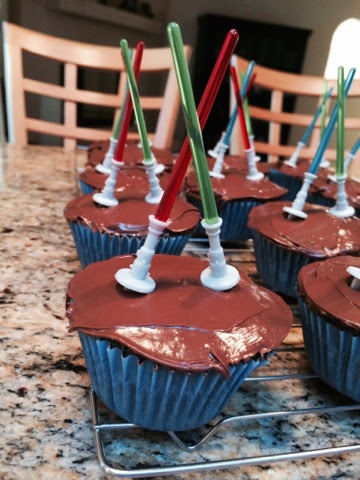Sadly, no time was saved. I came home from Trader Joe's with a bag of groceries completely coated in raw chicken juice- a nasty experience, indeed, for a vegetarian and germaphobe. As I was mopping up the mess and throwing away groceries purchased not fifteen minutes past, I vowed never to shop at Trader Joe's again.
The moment I made the vow I was struck by a terrible feeling: how many times have I had a bad experience that made me exclude something permanently from my life? "Never again." It sounded so satisfying as I scrubbed bacteria-laden goo off the hummus, but it's a little sad, too. Ok, I can probably still live a fulfilling life without my favorite Trader Joe's dark chocolate bar. But how many more important doors have I shut in disgust throughout my life? How many doors have I closed without even knowing it?
Once in awhile I accidentally come across an aversion rooted in a fear from the past, a door that closed so long ago I forgot there could even be an opening. It takes time, luck, and a lot of hard work to find all the closed doors camouflaged in my habitual attitudes and routines. And even if I do come across a lost door, there's still the tricky problem of opening it.
I'm only a newbie meditator, but so far the point of the practice, whether I'm learning it from a guided Headspace meditation, or from a teacher on YogaGlo, seems to be becoming more aware of all my experiences, so that bad experiences don't sneak around behind my back and close doors. I'm supposed to be noticing each and every little thing that happens while I meditate: thoughts, emotions, physical sensations, breaths- sometimes while paying this kind of close attention I'm shocked to find some part of my body that actually hurts- how had I not noticed that before? At the end of each guided session, regardless of the tradition from which it came, the teacher gives a big lecture on how I'm supposed to use my new-found awareness to notice how I'm feeling throughout my day. I'm supposed to notice how I react to big stuff, little stuff, good stuff, bad stuff, neutral stuff- the goal is awareness of all stuff all the time- so that there is no sneaky, accidental door-closing happening when I'm not looking. Noticing is supposed to give me the chance to evaluate each experience and decide for myself whether a bad experience merits a "never again." The more I pay attention, the more I get to decide which doors should be left open, which doors shut.
And some doors should be shut. Stick your finger in fire- serious ouch- never again! The "never again" reflex can be useful, but if it happens without our awareness it can lead to lots and lots of unnecessarily closed doors. In the case of shopping at Trader Joe's, I'd be smarter not to buy chicken from them again unless they change their packaging or improve their customer service. After all, the chicken at Whole Foods comes hermetically sealed, and cashiers go out of their way to wrap it in plastic and make sure it's in a separate bag from the rest of my groceries.
So don't buy chicken at Trader Joe's. But why miss out on their extra dark chocolate bars and yummy trail mix? It's fine to leave the door open to Trader Joe's, all I have to do is skip the chicken.
The Leaky Chicken Disaster, as it shall from now on be remembered, was, to be dramatic, a mini trauma. At the very least it was quite an unpleasant experience. Sure is easier dealing with mini traumas and bad experiences right when they happen. Saves me from trying to figure out, ten years from now, why I keep making excuses to avoid Trader Joe's. What little I understand about meditation so far, is that it can help me deal with bad experiences right away, before they have a chance to grow into lifelong patterns of avoidance. I don't know if there's supposed to be more to the practice than that, but even with just that goal, it's already pretty useful.
Oh, and the reason this vegetarian is out shopping for chicken...
...happens to be someone's all-time favorite dinner.
















